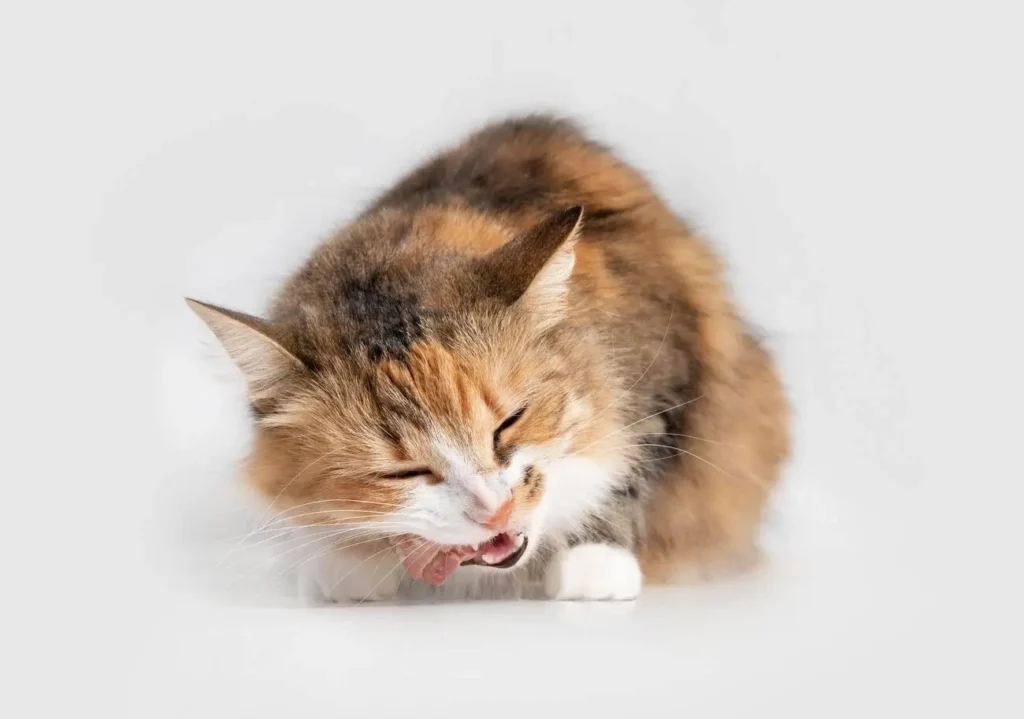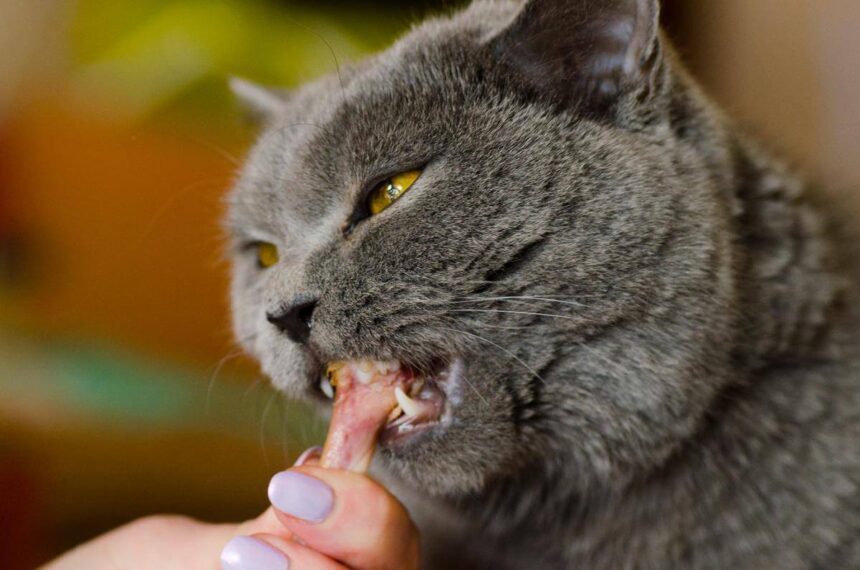The question of whether cats can safely consume chicken bones is a topic that has sparked debate among pet owners for years. While cats are obligate carnivores and their natural diet consists primarily of meat, bones can pose potential risks. In this article, we will delve into the complexities of feeding chicken bones to cats, exploring the potential dangers, benefits, and alternative options to ensure your feline friend’s well-being.
Understanding the Anatomy of Cats
To comprehend the potential risks associated with feeding chicken bones to cats, it is crucial to understand their unique anatomical characteristics. Unlike humans and some other animals, cats possess a highly specialized digestive system designed to process raw meat. Their jaws and teeth are optimized for shearing and tearing flesh, not grinding bones. Additionally, their digestive tracts are shorter and lack the enzymes necessary for breaking down bone matter effectively.
Potential Risks of Feeding Chicken Bones to Cats
Choking Hazard: One of the most significant risks of feeding cats chicken bones is the potential for choking. Chicken bones, particularly when cooked, can splinter into small, sharp fragments that pose a serious threat to a cat’s airway if ingested hastily.
Intestinal Obstruction
The sharp edges of chicken bones can cause damage to a cat’s delicate digestive system. If a bone fragment becomes lodged in the throat, esophagus, or intestinal tract, it can lead to blockages, which are potentially life-threatening emergencies requiring immediate veterinary intervention.
Perforations and Tears
The sharp fragments of chicken bones can puncture or tear the intestinal walls, leading to a condition known as perforation. This can result in severe abdominal pain, internal bleeding, infection, and necessitate emergency surgery.
Dental Issues

Chewing on chicken bones may result in dental problems for cats. Bones can be too hard for their teeth, leading to fractures or damage to their oral structures, such as broken teeth or lacerations to the gums.
Alternatives to Chicken Bones
While cats may be drawn to the taste and texture of chicken bones, it is essential to provide them with safe and appropriate alternatives to satisfy their carnivorous instincts. Here are some suitable options:
Raw Meat
Raw meat, specifically muscle meat, is an excellent substitute for chicken bones. Ensure the meat is fresh, unseasoned, and free from any additives or preservatives. Consult with your veterinarian or a feline nutritionist to determine the appropriate type and quantity of raw meat for your cat’s specific dietary needs.
Commercial Cat Food
High-quality commercial cat food formulated for cats’ nutritional requirements provides a balanced diet. Look for brands that prioritize whole meat sources and avoid those that contain excessive amounts of fillers or by-products.
Prepared Raw Diets
If you prefer not to handle raw meat yourself, prepared raw diets are available in pet stores. These diets are specially formulated to meet the nutritional needs of cats and often come in pre-portioned servings for convenience.
Cooked Meat
If you prefer to feed your cat cooked meat, ensure it is boneless, skinless, and thoroughly cooked. Avoid seasoning, as certain herbs and spices can be toxic to cats. While cooked meat lacks some of the nutritional benefits of raw meat, it can still be a safe and suitable option when prepared correctly.
Consulting with a Veterinarian
Before making any changes to your cat’s diet, it is always wise to consult with a veterinarian. They can provide valuable insights and tailored advice based on your cat’s specific needs, health conditions, and dietary requirements. A professional opinion will ensure you make informed decisions regarding your cat’s nutrition and well-being.
Conclusion
While cats are natural carnivores and thrive on a meat-based diet , it is important to recognize the potential risks associated with feeding them chicken bones. The dangers of choking, intestinal obstruction, perforations, and dental issues make chicken bones unsuitable for feline consumption.
Instead, opt for safe alternatives like raw meat, high-quality commercial cat food, prepared raw diets, or properly cooked boneless meat. These options provide the necessary nutrients while minimizing the risks associated with bone consumption.
Remember, when introducing any changes to your cat’s diet, always consult with a veterinarian. They can guide you in selecting the best dietary options for your feline companion based on their individual needs and health conditions.
Additionally, it is crucial to prioritize your cat’s overall health and well-being through regular veterinary check-ups, proper hydration, exercise, and mental stimulation. A balanced lifestyle, combined with a suitable diet, contributes to a happy and healthy cat.
In summary, while cats have a natural inclination towards meat, chicken bones should be avoided due to the potential hazards they pose. By understanding your cat’s anatomy, considering alternative options, and seeking professional advice, you can ensure that your feline friend receives a safe and nutritious diet that supports their optimal health.



